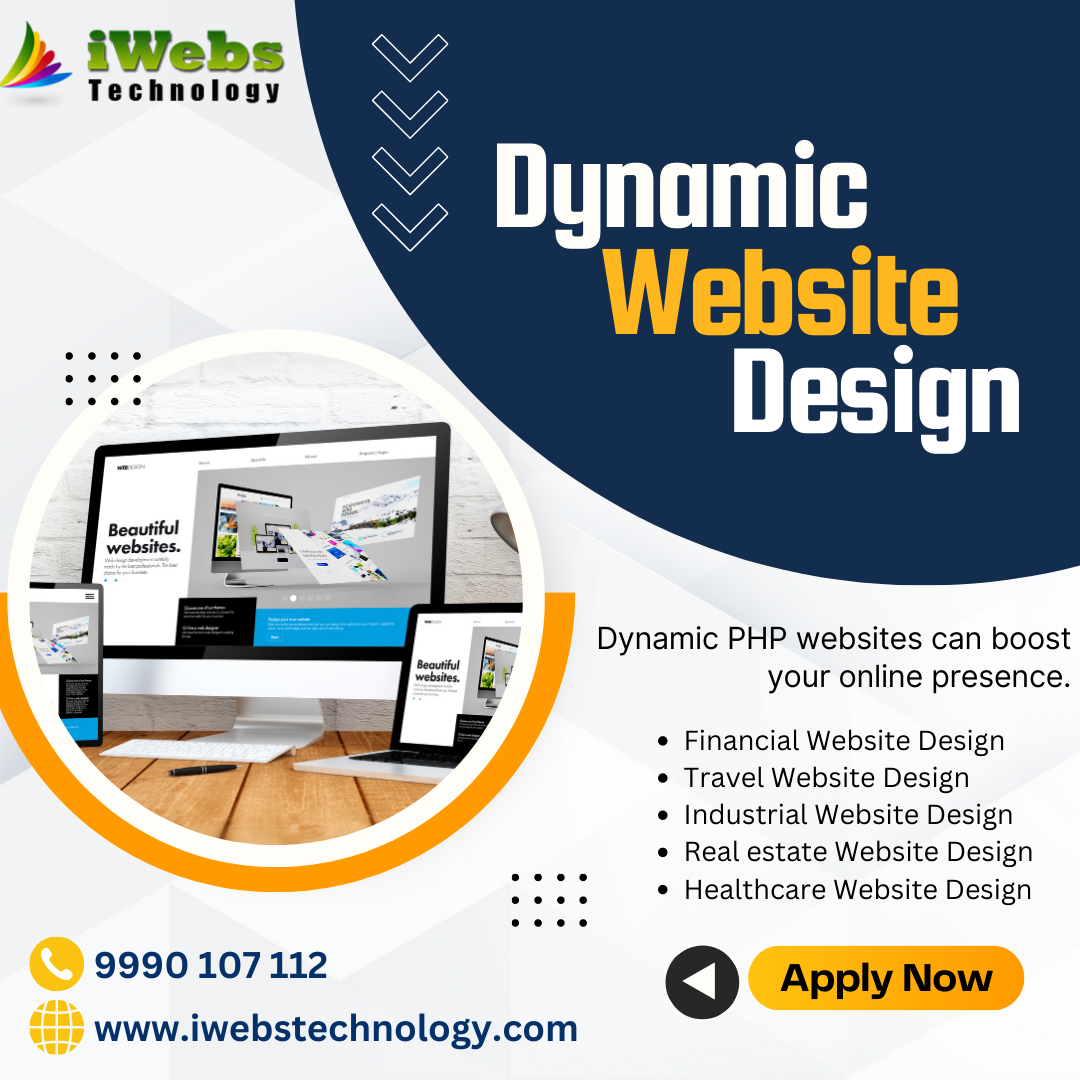Frontend Development

Frontend development, often referred to as client-side development, is the process of creating the visual and interactive elements of a website or web application that users directly engage with. It encompasses the design, layout, and functionalities that users experience while navigating a digital platform. Let's embark on a journey through the world of frontend development, exploring its key components, tools, and the crucial role it plays in shaping the online user experience.
Key Components of Frontend Development:
-
HTML (Hypertext Markup Language):
- The backbone of web content structure.
- Defines the basic structure and layout of web pages.
- Utilizes tags to represent elements like headings, paragraphs, images, and links.
-
CSS (Cascading Style Sheets):
- Controls the visual presentation and styling of HTML elements.
- Defines colors, fonts, spacing, and layout.
- Allows for the creation of responsive designs that adapt to various screen sizes.
-
JavaScript:
- Adds interactivity and dynamic behavior to web pages.
- Enables the manipulation of HTML and CSS in real-time.
- Supports the creation of complex functionalities, animations, and user interfaces.
-
Responsive Design:
- Ensures websites adapt seamlessly to different devices and screen sizes.
- Utilizes media queries and flexible grids to create a consistent user experience across devices.
- Enhances accessibility and usability.
-
Frameworks and Libraries:
- Popular frontend frameworks like React, Angular, and Vue.js streamline development.
- Libraries such as jQuery offer pre-built functions for common tasks, simplifying code implementation.
- Frameworks provide structures for building single-page applications and dynamic user interfaces.
Tools in Frontend Development:
-
Code Editors:
- Developers use code editors like Visual Studio Code, Sublime Text, or Atom to write and edit HTML, CSS, and JavaScript code efficiently.
- Features include syntax highlighting, code completion, and version control integration.
-
Version Control Systems:
- Git is widely used for tracking changes in code, collaborating with other developers, and managing different versions of a project.
- Platforms like GitHub and GitLab provide hosting and collaboration features.
-
Package Managers:
- npm (Node Package Manager) for JavaScript and Yarn simplify the installation and management of project dependencies and libraries.
-
Build Tools:
- Tools like Webpack, Gulp, and Grunt automate tasks such as code minification, bundling, and transpiling.
- Enhances the efficiency of the development workflow.
-
Browser Developer Tools:
- Integrated tools in browsers (Chrome DevTools, Firefox Developer Tools) assist developers in debugging, profiling, and optimizing frontend code.
Crucial Aspects in Frontend Development:
-
User Experience (UX) Design:
- Collaboration with UX designers to create an interface that is intuitive, user-friendly, and aesthetically pleasing.
- Focus on usability, accessibility, and overall satisfaction.
-
Cross-Browser Compatibility:
- Ensuring that websites and applications function consistently across various web browsers.
- Testing and optimizing for compatibility with browsers like Chrome, Firefox, Safari, and Edge.
-
Performance Optimization:
- Implementing strategies to improve website loading times and overall performance.
- Techniques include code minification, image optimization, and lazy loading.
-
Security:
- Implementing secure coding practices to protect against common web vulnerabilities.
- Validating user input, securing connections with HTTPS, and avoiding client-side security risks.
-
Accessibility:
- Ensuring websites are accessible to users with disabilities.
- Implementing accessible design principles and using ARIA (Accessible Rich Internet Applications) attributes.
Emerging Trends in Frontend Development:
-
Progressive Web Apps (PWAs):
- Delivering app-like experiences in the browser.
- Combining the best features of web and mobile apps, including offline capabilities and push notifications.
-
Serverless Architectures:
- Utilizing serverless frameworks like AWS Lambda or Azure Functions.
- Reducing infrastructure management overhead and focusing on code execution.
-
JAMstack (JavaScript, APIs, and Markup):
- Architectural approach emphasizing decoupling the frontend from the backend.
- Improves website performance, security, and scalability.
-
Motion UI and Animations:
- Integrating subtle animations and motion design for enhanced user engagement.
- Boosting user experience and creating visually appealing interfaces.
🚀 Master Top Web & App Frameworks
Explore structured tutorials for AngularJS, React, Laravel, Flutter, PHP, SQL, and more.
📘 Introduction to AngularJS
Introduction to AngularJS overview
📘 Introduction to Laravel
Learn Introduction to Laravel in Laravel with real-world examples and step-by-step guide.
📘 Introduction to CodeIgniter
An introduction to Introduction to CodeIgniter in CodeIgniter with examples.
📘 Introduction to React
Quick overview and guide to Introduction to React in React JS.
📘 Introduction to Flutter
An easy-to-follow tutorial on Introduction to Flutter in Flutter mobile app development.
📘 Introduction to Kotlin
Learn Introduction to Kotlin in Kotlin programming with examples for Android or backend apps.
📘 Introduction to PHP
Understand Introduction to PHP in PHP with practical examples and clear syntax.
📘 Introduction to SQL
Understand Introduction to SQL in SQL for effective database querying and management.
📘 Introduction to Bootstrap 5
Understand Introduction to Bootstrap 5 in Bootstrap 5 for responsive web design using pre-built components.
📘 Introduction to HTML
Understand Introduction to HTML in HTML to create structured, semantic, and accessible web content.
📘 Introduction to CSS
Explore Introduction to CSS in CSS to enhance web design using styling properties and layout techniques.
📘 Introduction to JavaScript
Understand Introduction to JavaScript in JavaScript to build dynamic and interactive web experiences.
📘 Introduction to Node.js
Explore Introduction to Node.js in NodeJS for backend development using JavaScript and non-blocking architecture.
📘 Introduction to AJAX
Understand Introduction to AJAX in AJAX to update web pages without full reloads using asynchronous JavaScript and XML.
📘 Introduction to jQuery
Learn Introduction to jQuery in jQuery to write less and do more with simplified JavaScript operations and cross-brow...
📰 Latest Blog Posts
Insights, tutorials, and tech stories from our experts.
Transform Your Passion into a Web Development Career
Do you love tech? Let’s turn it into a profession with full stack development.
Not Just Coding – Career-Focused Full Stack Training
We don’t just teach code—we teach how to get jobs with it.
Learn, Code, Build, Get Hired – Full Stack Program
A step-by-step path to go from beginner to hired developer.
BCA/MCA/B.Tech? Start Building Real Websites Now!
Already pursuing IT education? Now build real websites with us!
Offline Full Stack Training in Dwarka & Uttam Nagar – Limited Seats!
Join our offline batch in Dwarka or Uttam Nagar and learn full stack development practically.
Struggling in Interviews? Build Skills That Get You Hired!
Facing rejections in job interviews? Build the right skills and project experience.


